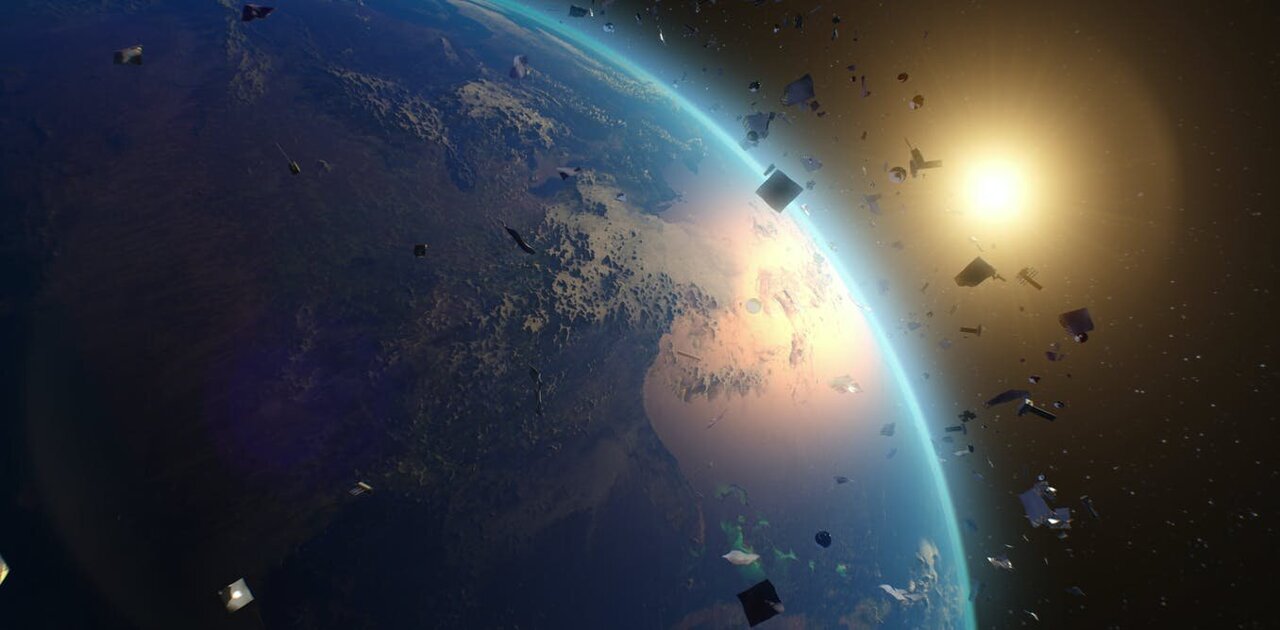Two-thirds of the debris formed as a result of the test of anti-satellite weapons by the Russians descended from orbit in November last year. However, the last of them will cease to be dangerous only in 2033.

The US continues to monitor the test results
Deshawn Hutchison, analyst of the 18th Squadron of the US Space Forces, spoke at the Advanced Maui Optical and Space Surveillance Technologies (AMOS) conference on September 28. He said that most of the debris formed during the destruction by the Russians of their own non-operational satellite Cosmos 1408 had already left orbit in November last year.
The Russians decided to use Cosmos 1408 to demonstrate the ability to destroy enemy spacecraft in orbit. However, the flurry of debris created by this test posed a danger to the entire orbital infrastructure, including the satellites of their closest partner China. Therefore, the United States initiated the process of a complete ban on anti-satellite weapons.
At the same time, the 18th Squadron of the US Space Force began tracking the wreckage. According to Hutchison, her specialists have already gained some experience, so they identified all the debris associated with Cosmos 1408 much faster than during similar Chinese tests in 2007
Russian debris descended from orbit
In total, the US military identified 1,783 objects associated with Cosmos 1408. At the same time, as of the end of September 1122 of them, that is two-thirds, have already descended from orbit. There are 661 left, and they will also gradually fall into the atmosphere. However, this will last for a decade and the last of them will cease to pose a danger only in 2033.
It is also known that another division of the space forces, Squadron 19, monitors about 300 thousand spacecraft approaches with debris every day. And 53 thousand of them fell on the wreckage associated with the Russian test last year.
The situation with the ISS is of particular concern. As of July, 560 cases of the station approaching the wreckage of Cosmos 1408 were registered. 15 of them were considered dangerous enough for NASA to begin calculations of the evasion maneuver. However, in reality, the orbit of the station had to be changed only once.
According to spacenews.com
Follow us on Twitter to get the most interesting space news in time
https://twitter.com/ust_magazine

